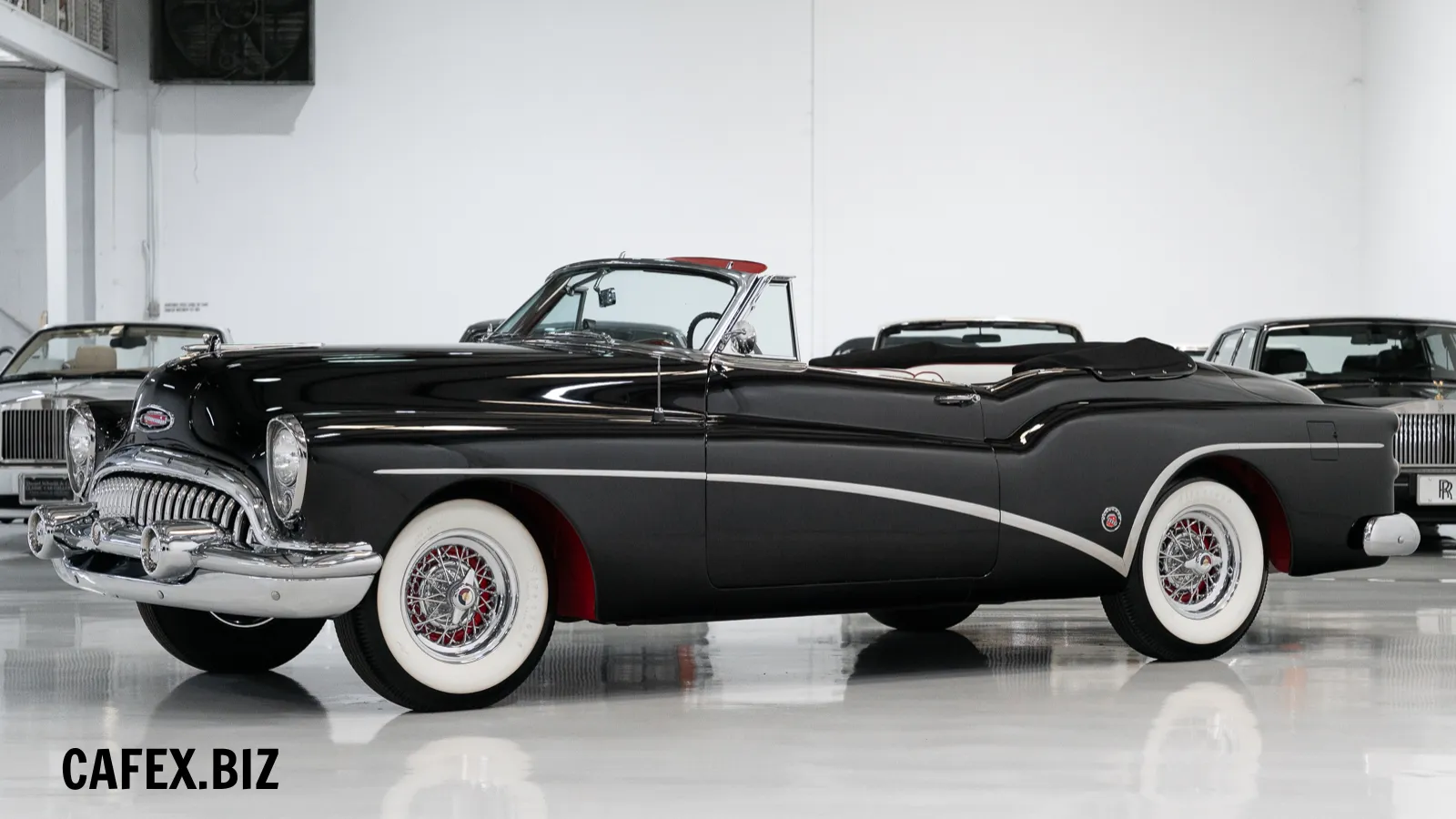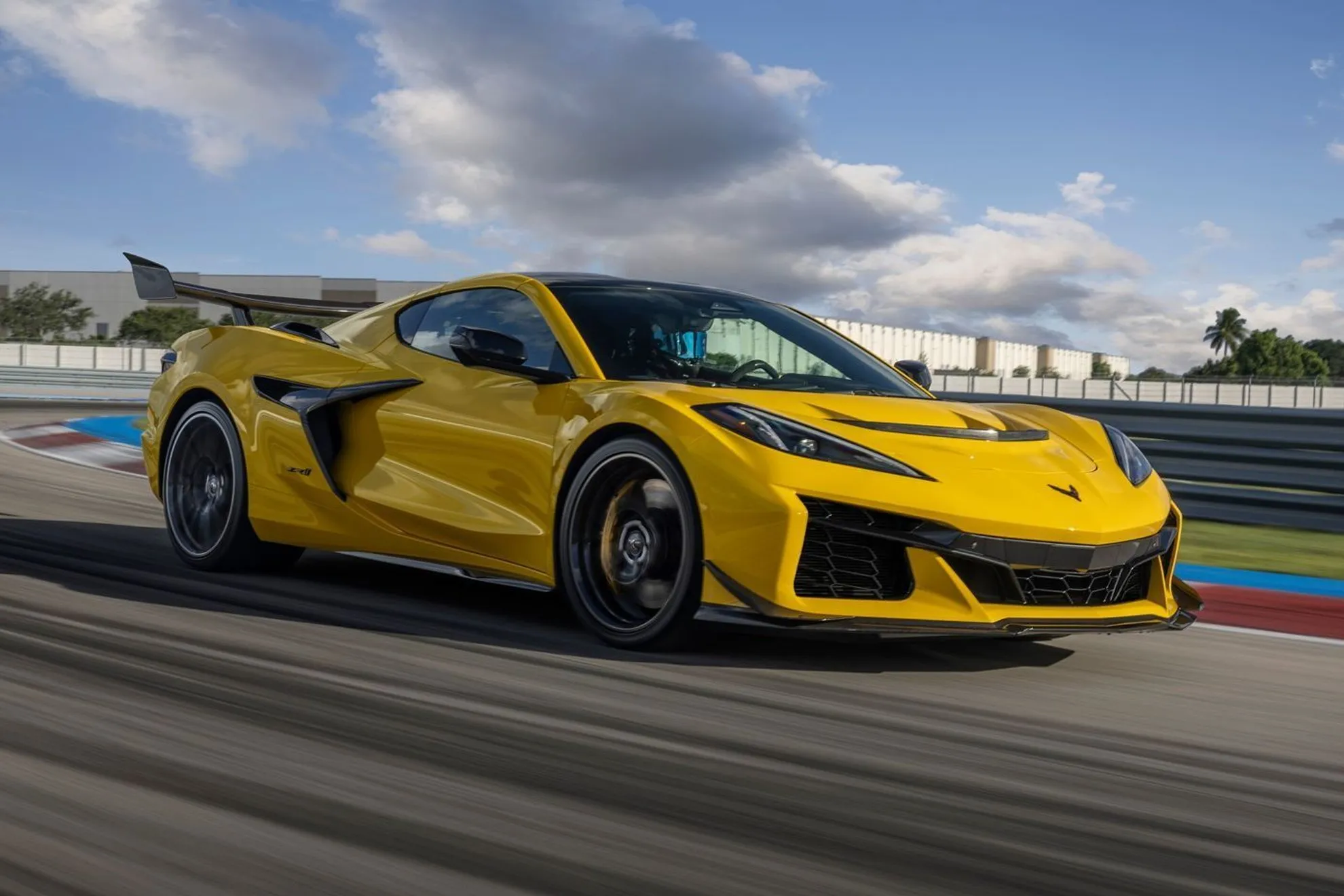In the late 1960s, Toyota Motor Corporation introduced a vehicle that would go on to become an enduring icon in the world of pickups-the 1968-1972 Toyota Hilux. This compact, rugged, and dependable pickup truck not only marked Toyota's foray into the global truck market but also laid the foundation for the success of the Hilux series in the years to come. In this article, we'll delve deep into the history, design, features, and lasting impact of the 1968-1972 Toyota Hilux.
The Genesis of the Hilux
In 1968, Toyota unveiled the Hilux, a compact pickup truck designed to cater to the demands of a growing global market for utility vehicles. The name "Hilux" is a portmanteau of "high" and "luxury," reflecting Toyota's aspiration to blend rugged performance with a level of refinement previously unseen in the pickup truck segment. The Hilux was initially introduced as a replacement for the Toyota Stout, another pioneering compact pickup from Toyota.
Design and Utility
The 1968-1972 Toyota Hilux was characterized by a design that emphasized functionality and simplicity. Its compact dimensions made it ideal for navigating tight city streets while providing ample cargo space in the bed for hauling goods. The Hilux's body featured clean lines and a practical, no-nonsense aesthetic. It was designed to withstand the rigors of both urban and off-road environments, a trait that would become a hallmark of the Hilux lineage.
The interior of the Hilux was Spartan but functional, featuring durable materials and straightforward controls. The focus was on providing a comfortable and ergonomic driving experience, especially for those who depended on the Hilux for work or recreational purposes.
Under the Hood: Engine and Performance
The 1968-1972 Toyota Hilux was powered by a range of four-cylinder engines, including the renowned 1.5-liter 2R and 1.6-liter 12R engines. These engines, known for their reliability and fuel efficiency, were well-suited to the Hilux's utilitarian nature. With its lightweight construction and well-tuned suspension, the Hilux offered a smooth ride on both paved roads and rough terrains.
One of the standout features of the Hilux was its robust chassis and rear-wheel-drive setup, which made it a capable workhorse. This architecture allowed for impressive payload capacity, making it a popular choice among farmers, tradespeople, and outdoor enthusiasts.
Global Success and Market Expansion
The 1968-1972 Toyota Hilux quickly gained a reputation for its dependability, and it didn't take long for the vehicle to find success in markets beyond Japan. Toyota's commitment to quality and durability resonated with consumers worldwide, leading to a steady increase in sales. The Hilux was particularly popular in regions with challenging road conditions, where its off-road capabilities and ruggedness were highly appreciated.
One of the pivotal moments in the Hilux's global expansion was its introduction to North America in the early 1970s. In 1969, the Hilux made its debut in the United States under the name "Toyota Truck." This move marked the beginning of Toyota's presence in the American truck market and laid the foundation for the brand's future success in the region.
Innovations and Technological Advancements
The 1968-1972 Toyota Hilux was not just about raw power and durability; it also introduced several innovations that set new industry standards. One notable advancement was the adoption of an all-synchromesh transmission, which enhanced the driving experience by allowing for smoother gear shifts. The Hilux's front suspension design, featuring an independent double-wishbone setup, contributed to its improved ride comfort and handling, setting it apart from many of its competitors.
Additionally, Toyota's engineers incorporated safety features, such as a padded dashboard and energy-absorbing steering column, to enhance occupant protection. These early safety measures foreshadowed Toyota's commitment to making safety a priority in all its vehicles.
The Legend of Unbreakable Reliability
One of the key factors that contributed to the enduring legacy of the 1968-1972 Toyota Hilux was its reputation for unbreakable reliability. Owners and operators in diverse industries quickly came to rely on the Hilux for its ability to endure extreme conditions and demanding workloads. Stories of Hilux trucks surviving everything from harsh deserts to treacherous mountain trails became legendary, reinforcing the vehicle's image as a rugged and dependable companion.
Perhaps the most famous demonstration of the Hilux's durability came in the form of a 1988 episode of the BBC television series "Top Gear." In the episode, the hosts subjected a 1988 Hilux to various forms of abuse, including driving it into the sea, setting it on fire, and dropping a caravan on it. Despite these extreme challenges, the Hilux continued to run, cementing its reputation as virtually indestructible.
Cultural Impact and Popularity
The 1968-1972 Toyota Hilux became more than just a vehicle; it became a cultural icon. Its reputation for reliability and toughness made it a symbol of resilience and adaptability. This perception extended beyond the commercial and industrial sectors; it also appealed to adventurers and off-road enthusiasts who sought a vehicle capable of conquering challenging terrains.
In popular culture, the Hilux made appearances in books, films, and television shows, often playing the role of the dependable companion in various adventures. Its image as the ultimate off-road vehicle further solidified its status as a cultural touchstone.
Evolution of the Hilux Lineage
The success of the 1968-1972 Toyota Hilux laid the foundation for subsequent generations of the vehicle, each building upon the strengths of its predecessor while incorporating new technologies and features. The Hilux evolved to meet changing market demands and environmental standards while maintaining its core values of reliability and durability.
Over the years, the Hilux received numerous updates, both in terms of design and engineering. Four-wheel-drive variants became increasingly popular, offering enhanced off-road capability. Engine options expanded to include more powerful and fuel-efficient choices, catering to a wider range of customers.
Conclusion: A Lasting Legacy
The 1968-1972 Toyota Hilux, with its combination of rugged reliability and versatile utility, left an indelible mark on the automotive industry and popular culture. It pioneered the compact pickup truck segment and became a global symbol of dependability and resilience. The Hilux's enduring legacy is a testament to Toyota's commitment to quality and innovation, and it continues to be a favorite among drivers who value a vehicle that can handle the toughest challenges with ease. As the Hilux lineage continues to evolve, it remains a powerful reminder of the enduring appeal of a legendary vehicle.



